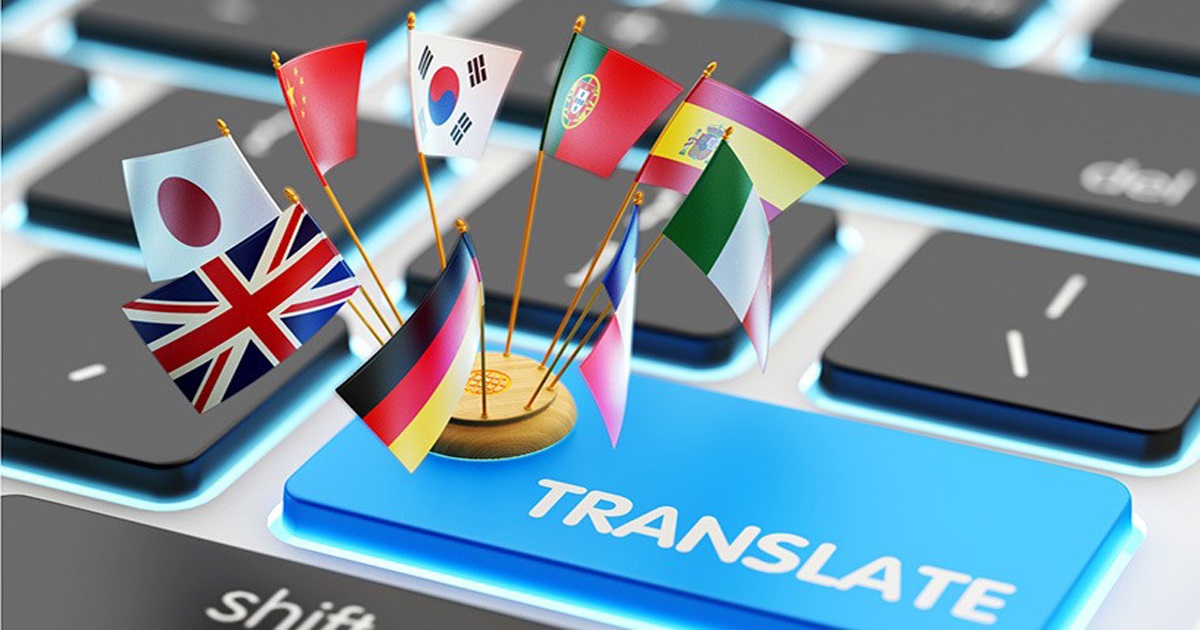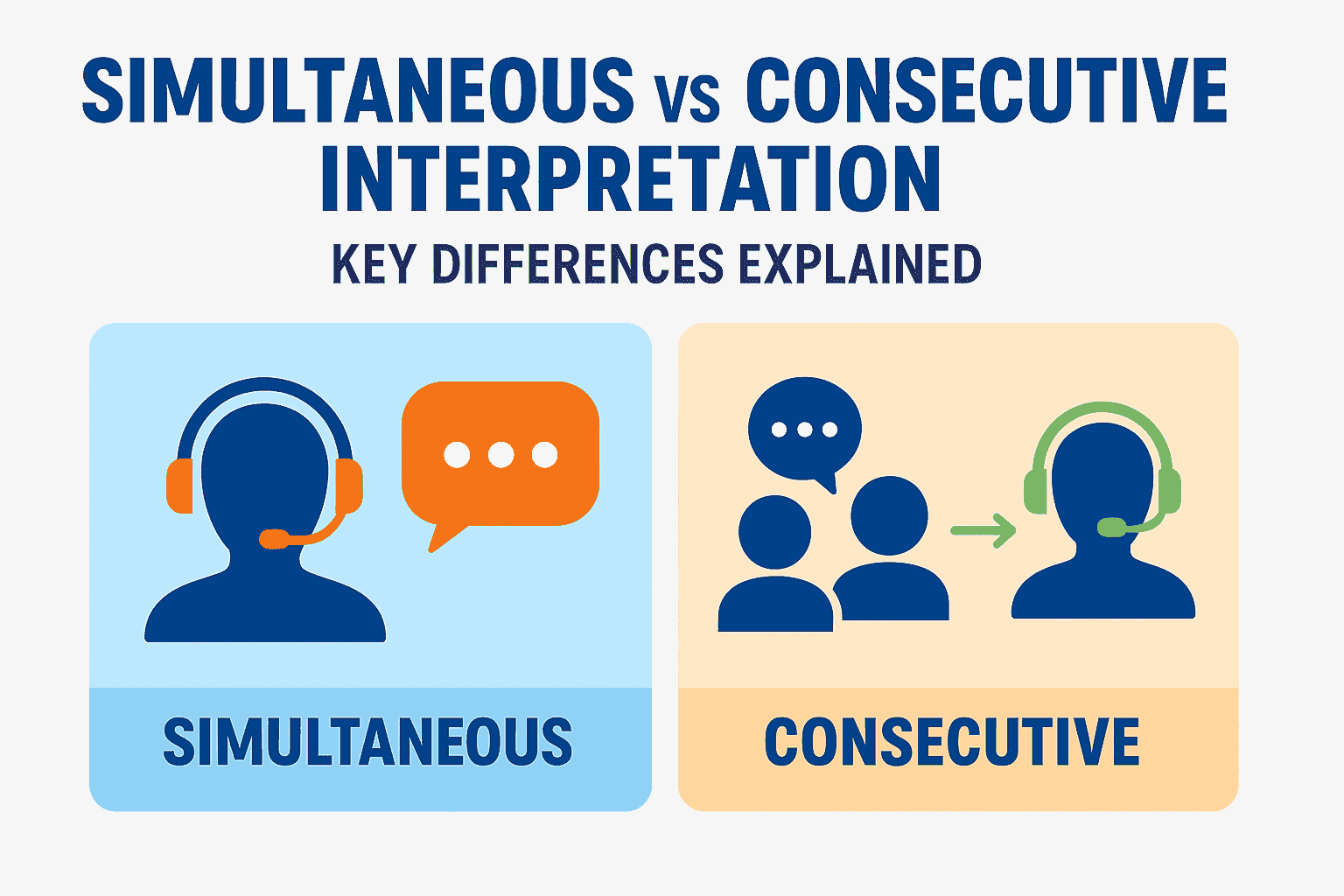
How to build a multilingual website?
Building a website that caters to a global audience has become increasingly important in today's interconnected world. With the rise of international businesses and the need to reach diverse markets, creating a multilingual website has become a crucial aspect of online presence. In this article, we will explore the process of building a multilingual website, from planning to implementation and ongoing maintenance. In our globalized society, language barriers can hinder effective communication and limit the potential reach of a website. By developing a multilingual website, you can overcome these barriers and connect with a broader audience. A multilingual website allows visitors to choose their preferred language, enhancing user experience and increasing engagement. Let's delve into the steps involved in building a successful multilingual website. Having a multilingual website offers numerous advantages. Firstly, it enables you to expand your business or organization's reach by catering to different language speakers. By providing content in your visitors' native languages, you can establish a deeper connection, build trust, and encourage conversions. Secondly, a multilingual website improves your website's visibility in search engine results for various language-specific queries, enhancing your overall SEO efforts. Lastly, it helps you stay ahead of competitors who may not have invested in multilingual capabilities. Before diving into the development process, it's crucial to plan your multilingual website thoroughly. This stage involves defining your target languages, assessing content requirements, and choosing a translation method. 1. Defining the Target Languages Begin by identifying the languages you want to support on your website. Research your target markets, consider the preferences of your potential audience, and analyze website analytics to determine the most relevant languages for your website. 2. Assessing Content Requirements Evaluate the existing content on your website and determine which sections require translation. Some content, such as product descriptions or service details, may need to be translated entirely, while other elements, like terms and conditions or legal notices, might only require summaries or key sections to be translated. 3. Choosing a Translation Method There are several methods to translate your content, ranging from manual translation to automated tools. Decide whether you will employ professional translators, use machine translation with human proofreading, or combine both methods. Consider the quality, cost, and time required for each approach. Once you have a solid plan in place, it's time to start building your multilingual website. Pay attention to the following aspects during the development process: 1. URL Structure Decide on the structure of your multilingual URLs. You can choose between subdomains, subdirectories, or separate domains for each language. Ensure that the URL structure is logical and easy for users and search engines to understand. 2. Content Translation Translate your content accurately and professionally. Ensure that the translation captures the essence of the original text while maintaining cultural sensitivity. Proofread the translations carefully to avoid errors or inaccuracies. 3. Navigation and Language Switching Design an intuitive navigation system that allows users to switch between languages seamlessly. Implement a language switcher prominently on each page, enabling visitors to choose their preferred language effortlessly. 4. SEO Considerations Optimize each language version of your website for search engines. Perform keyword research for each target language and incorporate relevant keywords naturally into your content. Ensure that meta tags, headings, and other HTML elements are properly translated and optimized. 5. Implementing Hreflang Tags Hreflang tags are HTML attributes that indicate the language and regional targeting of a webpage. Implement hreflang tags correctly to help search engines understand the language and regional relevance of each page, improving the visibility of your multilingual website in search results. Choosing the right CMS is crucial for efficiently managing your multilingual website. Consider the following options: 1. Multilingual Plugin/Extension Many popular CMS platforms offer plugins or extensions specifically designed for managing multilingual websites. These tools simplify the translation process, enable language switching, and provide other essential features. 2. Multisite Approach Another option is to create separate websites for each language using a multisite approach. This approach allows you to maintain greater control over each language version but may require more resources and effort to manage. Before launching your multilingual website, it's vital to test and ensure its quality. Consider the following steps: 1. Language-specific User Testing Conduct user testing with individuals who are fluent in the target languages. Gather feedback on the website's usability, language accuracy, and cultural appropriateness. Make necessary adjustments based on the feedback received. 2. Proofreading and Localization Proofread all translations thoroughly to ensure accuracy and clarity. Localization goes beyond translation and involves adapting content to fit cultural nuances, preferences, and local expectations. Consider hiring professional linguists or localization experts to ensure high-quality translations. After launching your multilingual website, ongoing maintenance is essential to provide a seamless experience to your users. Consider the following aspects: 1. Monitoring Website Performance Regularly monitor the performance of your website, including load times, broken links, and user feedback. Address any issues promptly to maintain a positive user experience across all language versions. 2. Keeping Content Consistent Maintain consistency across different language versions by establishing clear guidelines for content creation and updates. Ensure that new content or changes are reflected consistently across all translations. 3. Handling Updates and Expansions As your business or organization grows, you may need to update or expand your multilingual website. Develop a plan for handling such updates, ensuring that the translation process remains efficient and consistent. Building a multilingual website is an effective strategy for expanding your reach and engaging with a global audience. By following the steps outlined in this article, you can create a multilingual website that provides a seamless user experience, improves your SEO efforts, and enhances your overall online presence. Q: Can I use automated translation tools for my multilingual website? A: While automated translation tools can be helpful for initial translations, they often lack accuracy and nuance. It is recommended to combine automated translation with human proofreading for better results. Q: How do I choose the target languages for my multilingual website? A: Research your target markets, analyze website analytics, and consider the preferences of your potential audience to determine the most relevant languages for your multilingual website. Q: Is it necessary to have separate domains for each language? A: Separate domains are not necessary for a multilingual website. You can choose between subdomains, subdirectories, or separate language-specific sections within a single domain. Q: What are Hreflang tags, and why are they important? A: Hreflang tags are HTML attributes that indicate the language and regional targeting of a webpage. They help search engines understand the language relevance of each page, improving the visibility of your multilingual website in search results. Q: How can I ensure consistency across different language versions of my website? A: Establish clear guidelines for content creation and updates, proofread translations thoroughly, and ensure that new content or changes are reflected consistently across all language versions.Introduction
Understanding the Importance of a Multilingual Website
Planning Your Multilingual Website
Building a Multilingual Website
Selecting the Right Content Management System (CMS)
Testing and Quality Assurance
Ongoing Maintenance and Updates
Conclusion
FAQs:



